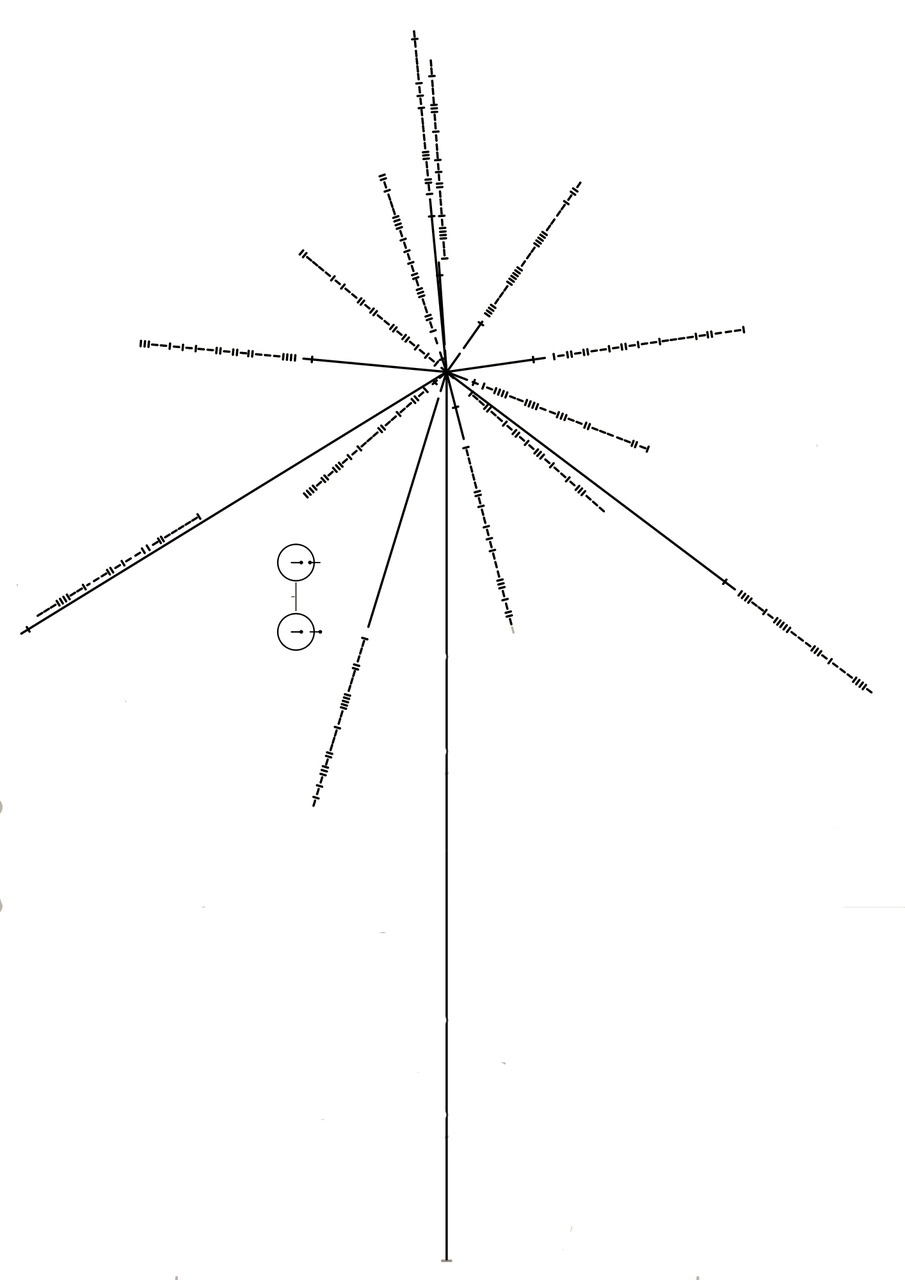antikythera-astronomy: NASA’s Message-In-A-Bottle: The Interstellar ConstellationThe picture a
antikythera-astronomy: NASA’s Message-In-A-Bottle: The Interstellar ConstellationThe picture above represents one of the most beautiful things we’ve ever done.Here’s a short thought experiment and story:Somewhere one day a person, who may or may not be somewhat like you, might be looking through their telescope.They might see something strange, approaching the planet.They contact the authorities.A mission is conceived to rendezvous with the object.Astronauts carefully seal the mysterious asteroid in a large container and bring it back to the planet for scientists to study.The whole world would be tense, waiting for news to break of what this strange thing is.Its enigmatic shape gives it away as almost certainly not being natural.Finally a nervous person approaches the media and crowds outside the lab.With a shaking hand the person wipes sweat from their brow. They look up briefly before speaking, as if half expecting something to be there.“The asteroid… is not from the solar system. It hurtled here at great speeds from a distant star.It’s old. We’re not sure yet how old, but it’s clearly been a long time since it was home.Inside the asteroid is a golden disc. We’ve managed to remove the disc. It has markings… and sounds etched into it.”It was a little longer before the contents of the disc were deciphered. The scientists realized that the strange 14-branches of lines on the disc were binary. Yes or no. The simplest language in the universe, and a mathematical one.A language that might be used to communicate with cosmic neighbors.Across countless years and an unimaginable gulf of empty darkness, something was telling us, “Yes, yes, yes, no, no, yes, no, yes, no, yes, no, no, yes, yes, no, yes, yes, no…”But yes to what? No to what?The media exploded when an astronomer announced the binary series and the lengths of the branches corresponded exactly to the fingerprint-like beacons of 14 pulsars.Around the world researchers mapped out where the center of the constellation should be, where the center of the 14 branches from their perspective night sky was.They knew almost immediately but didn’t want to believe.The star in the center of the constellation, the place where this message came from…A news anchor looked into a camera, a somber look on their face:“Astronomers have triangulated the location of the alien spacecraft. It came from a distant star which you can see in your telescopes. It’s the large red one.It’s pretty to us but was a very different sort of star when this message was sent to us. Our space telescopes have confirmed that there’s a rocky planet in orbit around the star… there’s no atmosphere on it now as the star’s growth has boiled away any atmosphere there might have been.Could those aliens still be alive somehow? Did they survive the incineration of their home?As much as we ask these questions all we’ve got are the recordings they left on a sturdy golden record.When played we hear strange sounds in an alien tongue. Deciphered, the recording reads,“Hello, from the children of planet Earth…””This story, believe it or not has already begun.A few decades ago, NASA, working with Dr. Carl Sagan compiled a golden record to go aboard the Voyager spacecrafts. Voyager 1 launched from Earth in 1977. It left the solar system and entered interstellar space in 2013.In 1 billion years, that golden record will still be readable and the sounds engraved thereon still readable.NASA used the unique, lighthouse-like rhythms of specific pulsars to generate a map, a sort of interstellar constellation that, no matter where in the Milky Way you are, will always point to our Sun at the center.It’s a beautiful message. For a billion years the sounds of children speaking across the universe will survive. For a billion years the sounds of a heartbeat of someone in love will be carried from star to star. That heartbeat, that love, will flow across the cosmos for a billion years.For a billion years our interstellar message-in-a-bottle will drift among the current of starlight, perhaps until one day a person, who may or may not be somewhat like you, might look through their telescope and see a strange asteroid drifting towards their planet…(Image credit: NASA) -- source link
Tumblr Blog : planned-planethood.tumblr.com
#voyager mission#voyager spacecraft#carl sagan
